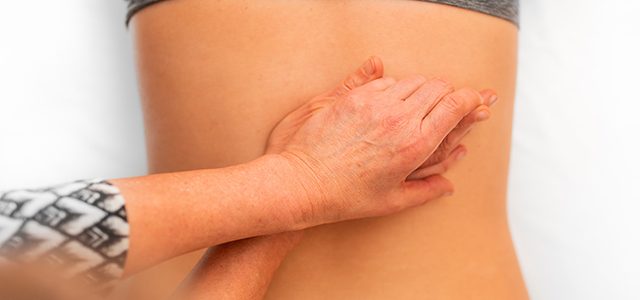
The term “core stability” is one that has come to be a bit of a buzzword. It seems like everything you hear about in the fitness world these days has something to do with core stability training. An extra bonus for your if you are able to experience infra red sauna Northern Beaches with it’s advance technology.
The simple fact is that it’s an incredibly important part of overall fitness, and while most people don’t think they need to focus on their core, it really is crucial.
What Is Core Stability?
The basic definition of core stability is the ability to hold your body erect (or to hold yourself in a certain position) without tiring quickly. In other words, it’s the ability to maintain your balance and posture for as long as possible.
Core stability exercises are the basic ‘building blocks’ of strength that provide a foundation for more advanced exercises. As such, they are a vital component of any exercise programme and are particularly important for rehabilitation.
The core muscles are situated around the spine and pelvis and are essential to effective movement and stabilisation. The primary role of the core muscles is to maintain a stable spine during dynamic movements and withstanding forces generated during these movements. The core muscles also assist with transferring forces between the lower and upper body. This can be seen in many sports including golf, where power is generated from the hips through to the arms to hit a ball, or during tennis where the core muscles help generate power from the lower body into the arm to hit a backhand.
The main function of the core is to maintain stability during dynamic movements that involve large asymmetrical forces. Examples include running, throwing and swinging a golf club or tennis racket. When you run, your trunk twists slightly in opposite directions so that one leg can push off the ground whilst your other leg moves forwards ready for landing. When you throw an object, your trunk rotates so that you can transfer energy from your legs up to your arm in order to generate greater force behind a throw.
A strong core is one of the most important things you can work on to improve your overall fitness. Working on core strength will benefit all aspects of your fitness.
Core stability is particularly important for anyone recovering from injury, as it will help you to progress steadily and safely with your rehabilitation. You need a strong core to improve flexibility and mobility, strength and endurance as well as improving posture in everyday life and sport.
A strong core is essential to a healthy life. It is responsible for stabilizing your entire body and allowing it to move properly, thus limiting the risk of injury.
If you have a weak core, you are putting yourself at risk of major problems later in life. Weakness in this area can lead to back pain, poor posture, arthritis, and balance issues. By strengthening your core muscles now, you may be able to avoid these ailments as you age.
The best way to strengthen your core is through exercise. Many traditional workouts focus on just the abdominal muscles; however, to get the most out of your core workout it is important to include exercises that will strengthen all of the muscles in your midsection. This means doing more than just crunches! Exercises that involve twisting, bending, or reaching will ensure that all of these muscles get a proper workout.
Here are some tips for improving your core strength:
- Do planks every day
- Do side planks every day
- Do superman holds for 1 minute every day
- Do hip flexor holds for 1 minute every day
The importance of the core is evident in many activities, especially those involving a turning motion. A good example of this is the golf swing which involves a rotation of the upper body on top of the lower body. A weak core will cause a loss of power and control in the swing. Other examples include batting in baseball, throwing a ball and skiing to name a few. Find out on how to become healthier with Pilates.
A strong core means having a stable spine; it has been shown that less back injuries occur with people who have strong cores. In addition to this, other benefits include an improved posture and an increase in balance and body control.

